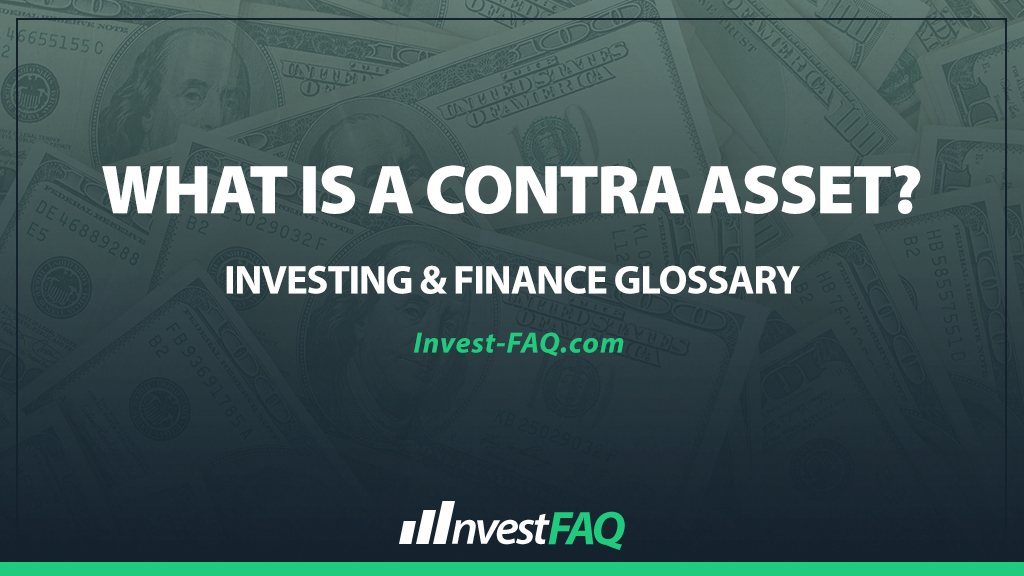
Contra Asset
Contents
A contra asset is an account on a company’s balance sheet that offsets or reduces the balance of a related asset account. It typically appears as a negative balance that directly reduces the value of the asset it is associated with, aiming to represent the net value of assets more accurately.
In the business world, contra asset accounts are essential for providing a clear picture of the true value of a company’s assets. They are used across various sectors for different purposes, such as to account for depreciation, amortization, or doubtful debts.
For example, accumulated depreciation is a contra asset account that reduces the original cost of a fixed asset to its current book value. Similarly, an allowance for doubtful accounts reduces the gross amount of receivables to the amount expected to be collected.
These accounts are crucial for financial reporting, helping stakeholders understand the actual worth of the company’s assets and ensuring that financial statements reflect the realistic economic value rather than just historical costs.
Example of a Contra Asset
Consider a company, Tech Innovators Inc., that purchased machinery worth $100,000. Over the years, the machinery depreciates due to wear and tear. After five years, the accumulated depreciation on the machinery is $40,000. This depreciation is recorded in the accumulated depreciation account, a contra asset account, which offsets the machinery’s asset account on the balance sheet.
In the case of Tech Innovators Inc., the machinery’s original purchase cost ($100,000) is recorded in the machinery asset account when it’s bought.
Each year, depreciation expense is calculated based on the machinery’s useful life and depreciation method chosen by the company. This annual depreciation expense, cumulatively reaching $40,000 over five years, is recorded in the accumulated depreciation account.
The net book value of the machinery on the balance sheet would thus be shown as $60,000 ($100,000 original cost minus $40,000 accumulated depreciation). This accounting treatment allows Tech Innovators Inc. to show the machinery’s depreciated value, providing a realistic view of the asset’s worth over time.
Significance for Investing & Finance
The concept of contra asset accounts holds significant importance in accounting as it ensures the accuracy and transparency of financial reporting.
By reducing the gross amount of related assets, contra asset accounts like accumulated depreciation and allowance for doubtful accounts offer a more accurate depiction of an asset’s net value. This is crucial for making informed financial decisions, assessing a company’s financial health, and ensuring compliance with accounting standards.
Furthermore, contra asset accounts facilitate the systematic recognition of expenses like depreciation and bad debts over time, aligning with the matching principle in accounting, which states that expenses should be matched with the revenues they help to generate.
FAQ
What is the primary function of a contra asset account in accounting?
A contra asset account is used to decrease the balance of its related asset account, providing a net value of the asset, such as accumulated depreciation reducing the value of fixed assets.
How does an allowance for doubtful accounts act as a contra asset account?
The allowance for doubtful accounts estimates the amount of receivables that may not be collectible, reducing the total value of accounts receivable reported on the balance sheet.
Can contra asset accounts have a debit balance?
No, contra asset accounts typically have a credit balance, which offsets the debit balance of the associated asset account, reflecting the adjusted value of the asset.
What distinguishes a contra asset account from an expense account?
While a contra asset account reduces the value of an asset and appears on the balance sheet, an expense account represents the costs of operating the business and is reported on the income statement.
